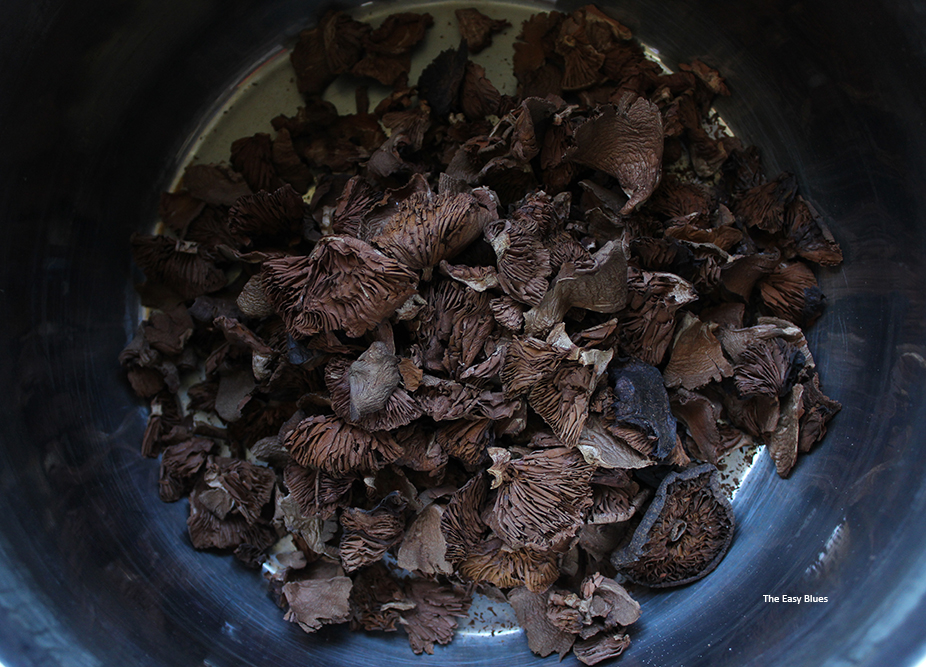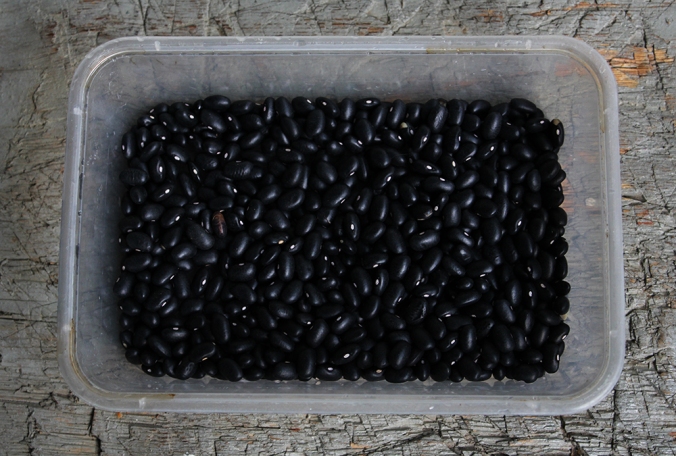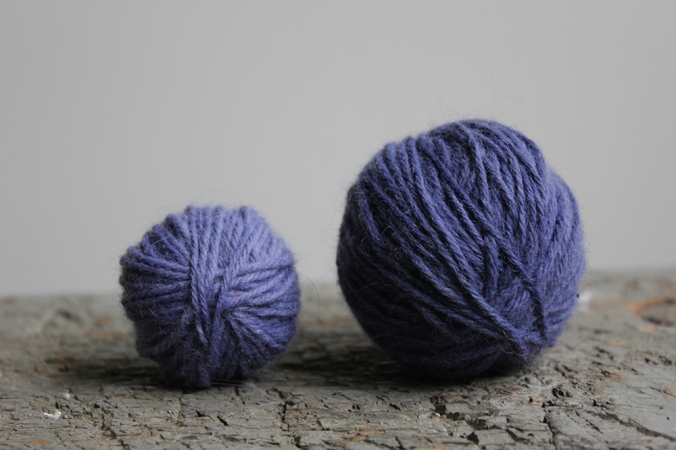
I did some natural dyeing on cotton with cochineal. For those of you who don’t know cochineal is a dried insect from South America . It’s been used for getting purple colour around the world for centuries, I believe first by the Mayans and the Aztecs. It was very popular before synthetic dyes were invented. I like to use the whole ones (not the powder) because it’s easier to clean. I had premordanted the fabric with taro root powder and alum, you can read about it here.

I have done bundle dyeing before with cochineal on cotton, but never full cochineal dye. I have dyed wool yarn and I have written a blog post about it, you can read it here. Last time the colour was a lot more pink, I think I might have used cream of tartar which I have read might affect the colour. I did one mistake with trying to dye too much of fabric at the same time with a “small pot” (10 litres). The fabric should always have enough space to move around so the result will be even. That’s why I like using shibori techniques, where it doesn’t matter if the result is even or not. Wool yarn is much easier to dye evenly in my opinion. Leena at Riihivilla (where I buy my cochineal) has written an amazingly detailed post about cochineal both in Finnish and in English that I recommend for more information.

This shibori wrapped around a bottle turned out nice! I have used the same technique (arashi?) with onion skin dye here, where I talk a little bit more about it. This time it worked much better with much lighter fabric.


























